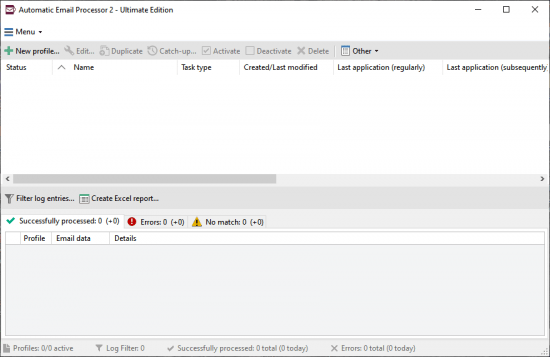
The second is the strong and rapidly switching diffusion encoding gradients that induce eddy currents (EC) in conductors inside the bore. This is known as a susceptibility-induced off-resonance field ( Jezzard and Balaban, 1995). The first is the object (head) itself that disrupts the main magnetic field in a non-trivial way.

The off-resonance field in a diffusion-weighted image has two distinct causes. A typical bandwidth in the PE-direction is of the order of 10 Hz/pixel, which means that even a (very small) off-resonance field of 10 Hz leads to a 1 pixel displacement. Because of the small bandwidth along the phase encoding (PE) direction of such sequences they are very sensitive to off-resonance fields. Diffusion MRI data are typically acquired using spin-echo echo-planar-imaging (SE-EPI) sequences. Diffusion weighted datasets are often characterised by low signal-to-noise (SNR) and contrast-to-noise (CNR) ratios, and are frequently corrupted by multiple artefacts. However, dMRI data acquisition and processing present several challenges.

Several dMRI-based techniques have been developed to estimate fibre orientation (e.g., Basser et al., 1994 Bastiani et al., 2017 Behrens et al., 2003 Tournier et al., 2007), white matter tracts ( Behrens et al., 2007 Catani and Thiebaut de Schotten, 2008) and scalar measures that are sensitive to axonal density and white matter integrity ( Assaf and Basser, 2005 Zhang et al., 2012). Diffusion MRI (dMRI) is a powerful tool for probing the in vivo microstructural architecture of the brain ( Basser et al., 1994 Bastiani and Roebroeck, 2015 Le Bihan, 1995 Lerch et al., 2017).


 0 kommentar(er)
0 kommentar(er)
